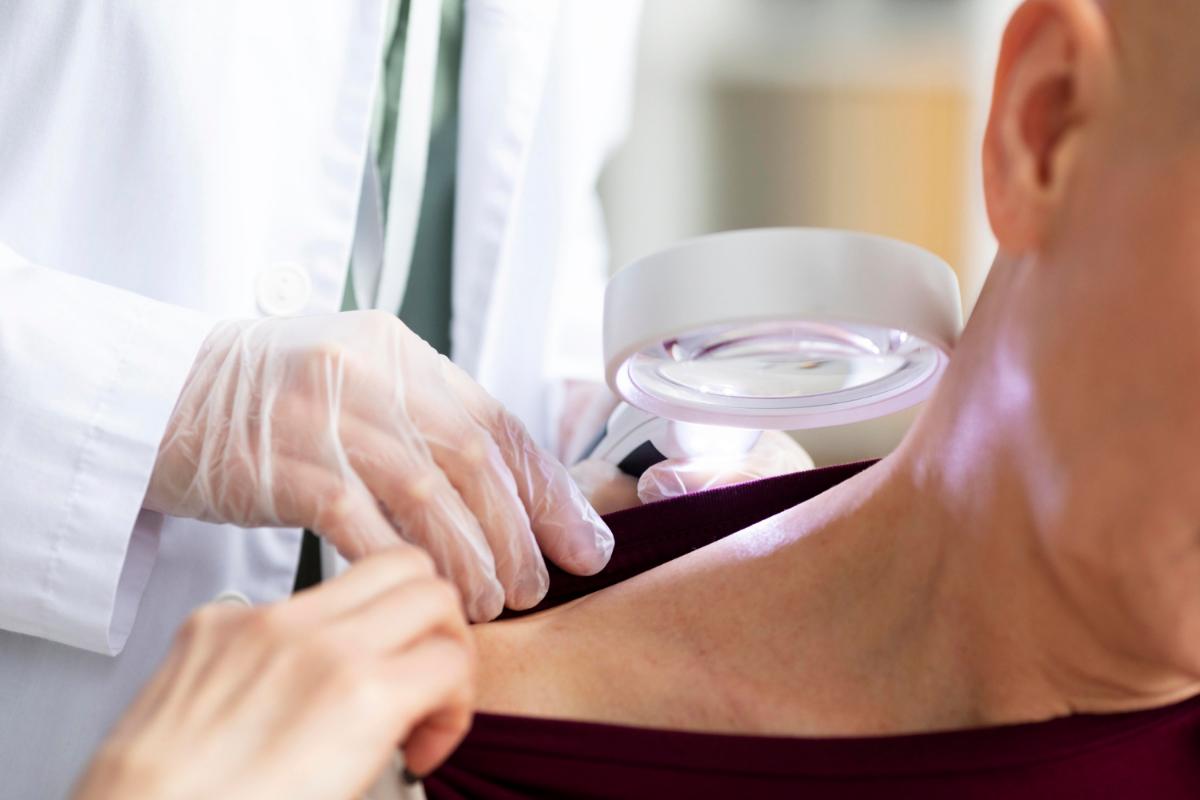Four Popular Diagnostic Tests that Detect Skin Disorders

Taking care of your skin involves going to the dermatologist for routine check-ups. This is especially critical if you notice any irregularities, such as raised skin, rashes, abnormalities, large moles, or other discolorations on your skin. These may be cause for concern that will require further testing in order to determine their underlying cause. Although rashes, blemishes, and other skin irritations can often be treated quickly with prescribed medications, some other skin disorders may be cause for concern. When you go to the dermatologist, they may perform tests that they send out to their lab for diagnostic dermatopathology in Pittsburgh, PA. This will provide them with more information about your skin. There are a few popular diagnostic tests that can detect skin disorders.
Skin Biopsies
Skin biopsies are the most commonly known test that can determine skin disorders. These can be done using a variety of methods, such as punch, wedge excision, or shave. Shaving is used to remove any lesions that are on the outer layer of the skin. By using a razor, the doctor can remove a few cells that are sent for further testing. Punch biopsies involve a tube that is inserted into the skin to remove a few cells at the base of the issue. Wedge excision involves using a scalpel for deeper biopsies.
Skin Scraping
Scaping can be done when there are issues on the outermost layer of the skin. This is commonly done to diagnose fungal infections or scabies. These skin cells are then placed under a microscope with certain solutions in order to detect fungal growth or mites or eggs.
Wood Light
Wood light is used to determine the extent of lesions on your skin. This can distinguish the pigmentation of the skin, which provides specific information about the borders of the lesion. Certain infections, like those that are caused by burns, can be detected using this test. The sample will turn a certain color, therefore indicated the extent of infection.
Tzanck Testing
This type of test is commonly used to diagnose viral diseases, like herpes. They will take a closer examination at the blisters on the skin, which they remove with a sharp blade. During this test, they will look at the skin scrapings to determine whether the infection is viral in origin. When they add a certain stain and look at the slide under a microscope, the technicians will be able to determine the infection.
These are a few of the most common diagnostic tests that detect skin disorders, illness, or irregularities used in dermatologist offices. Once they collect the skin samples, they are often sent to the lab for diagnostic dermatopathology in Pittsburgh, PA. The test results will provide your doctor with the right information to determine diagnosis and a course of treatment. Contact us to hear about our range of dermatology diagnostic lab services we offer.
Contact
Location
440 William Pitt Way
Pittsburgh, PA 15238
OFFICE HOURS
Monday-Friday: 8am-5pm
Saturday & Sunday: Closed
PHONE & FAX
(800) 786-3054 - Toll Free
(412) 968-9266 - Local
(412) 968-5673 - Fax
